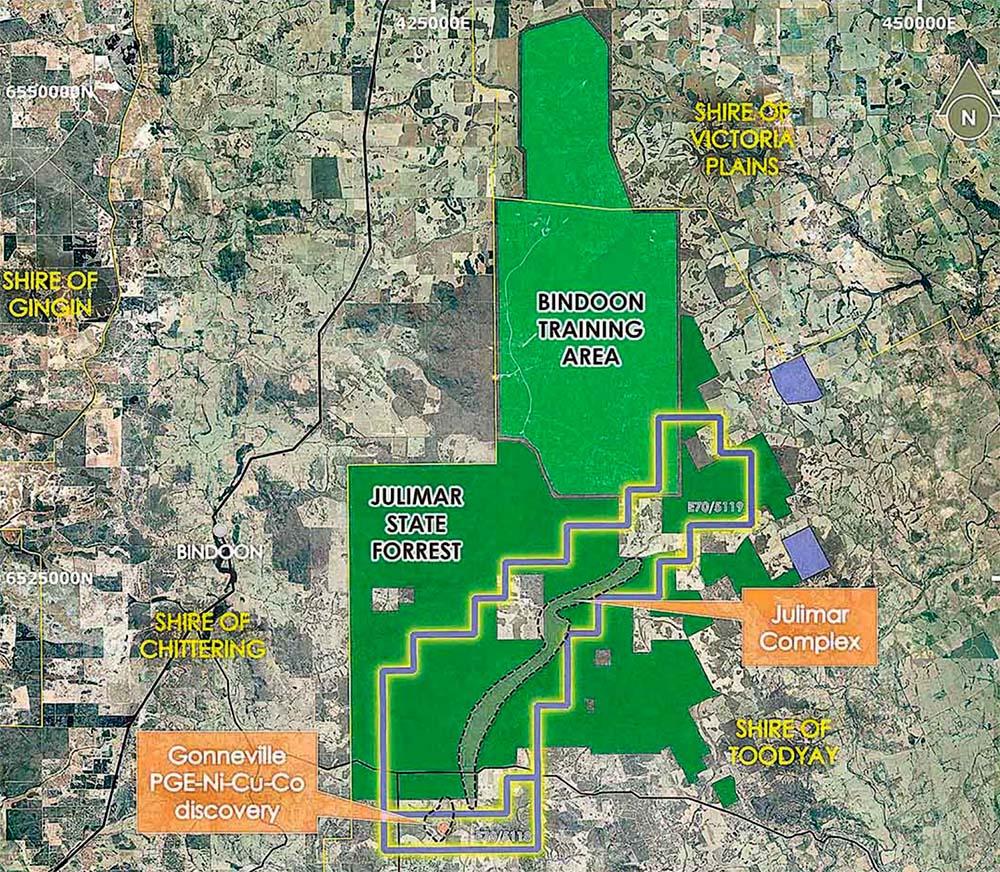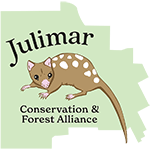In March, the Environmental Protection Authority (EPA) put the Chalice Gonneville proposal out for public comment on what level of environmental scrutiny should be given to the proposal.
In response, over 740 public submissions were made with over 710 of those requesting a Public Environmental Review, the highest level of scrutiny possible.
Thanks to these submissions, the EPA published its decision to assess the Gonneville Project at the Public Environmental Review level on April 22.
The EPA stated the proposed mine could have significant impacts on “air quality from emissions during construction and operation; greenhouse gas emissions; flora and vegetation from clearing and disturbance, introduction of weeds, disease and pests, and ongoing operation; terrestrial fauna from the clearing or modification of habitat; terrestrial environmental quality from disturbance of soil structure, acid sulfate soils; inland waters from changes to hydrological processes; and social surroundings from disturbance of Aboriginal cultural heritage places and values, and potential impacts to amenity and recreational use.”
The proposed mine site is not within the Julimar State Forest, but it abuts it and is less than 20 km from Toodyay.

Julimar tenement map.
This is why the EPA is important. Such projects should be scrutinised to ensure not only minimal environmental impact, but also that public health and wellbeing are not compromised, especially for those living nearby.
The Bindoon Training Area lies to the North of Julimar State Forest with the proposed mine site in the south. This in turn links with the Moondyne Nature Reserve, the Avon Valley National Park, the Paruna Wildlife Sanctuary and Walyunga National Park, forming a combined corridor area of 68,300 ha of bushland.
The proposed clearing of 940 ha of vegetation for the Gonneville Project will impact this green corridor and impact fauna’s ability to migrate south – especially crucial in this era of climate change.
A recent article by Doug Blandford (Environmental Earth Scientist) in the May (Part 1) and June (Part 2) editions of the Toodyay Herald highlights the cost of mining on the environment as well as the tax-payers wallet.
Right now, our governments are reforming nature laws at the state and federal levels.
Decision-makers need to hear from Western Australians like you who care deeply about defending WA’s nature with strong nature laws!
👉 Read the article: Will Chalice Mine Leave An Unwanted Legacy?
👉 Send an email to defend WA’s Nature With Strong Nature Laws
👉 Get involved in the Save the EPA campaign by CCWA

